Almost five years after the pandemic began, we return to Wuhan: Covid ground zero
In the first trip by Australian media since January 2020, The Weekend Australian asks locals: What really happened in Wuhan?

The sign for Wuhan’s Huanan Seafood Market has been removed, its entrance has been barricaded and a blue-painted fence now surrounds what remains of the most infamous shopping centre in human history.
There is no plaque, monument or notice explaining what happened here in late 2019, the beginning of a pandemic that changed the world. The shuttered food market’s walls are instead lined with posters announcing the location of the new market that has replaced it and others celebrating the Chinese Communist Party.
“The government just wants to forget about it,” a person familiar with the thinking of Wuhan’s officials tells The Weekend Australian during a visit to the city.
No Australian media had been to this sprawling central Chinese metropolis since January 2020, when this had just become ground zero for the worst health disaster in a century.
On our visit, The Weekend Australian found a city that looked to be in rude health. Once dubbed “the Chicago of the East”, and famous in China for its tradition of political rebellion, today this enormous city of 10 million people pulses with energy.
But locals speak of a change to Wuhan’s pre-pandemic self.
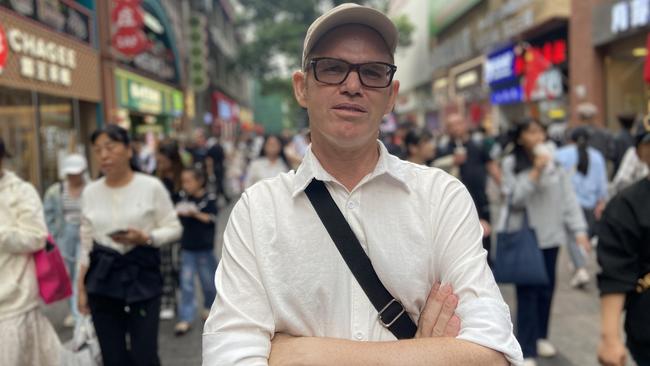
“There’s not as positive an attitude as before Covid,” Simon Carter, a geophysicist from Adelaide who has lived in Wuhan since 2016, tells The Weekend Australian.
“There’s some pessimism about the future that wasn’t there eight years ago. The two-year lockdown really hurt the economy. It’s pretty clear it hasn’t returned to what it was.”
Carter, a rare foreigner living in Wuhan, his wife’s home town, wrote a series of pieces for The Australian in early 2020, back when the city had been cut off from the rest of the world by its history-making 76-day quarantine.
Almost five years later, he takes The Weekend Australian on a tour through the bustling city he calls home. Wuhan’s roads honk and hum with traffic, some of it made up by driverless “robotaxis”. Our ferry is packed as we cross the storied Yangtze River, headed for the former foreign concession area.
Crowds heave along Jianghan Road, a famous shopping area whose pop-up stores hawking English Premier League merchandise are buzzing. Blue, white and red “Russia” stores – selling everything from Stalin-label wine to cured sausages – are doing a mean trade.

Wuhan’s scale is mind-boggling for an Australian. A population the size of Sydney and Melbourne combined – with towers seemingly every direction you look. Three ancient Chinese cities, Wuchang, Hankou and Hanyang, have been bolted together with bridges, tunnels and the enterprise of a fiercely proud people.
In China, this place recalls famous Tang dynasty poets and the uprising that in 1911 began the end of more than 2000 years of imperial rule of the “Middle Kingdom”.
But for most of the world, the name Wuhan prompted blank faces – that is, until January 2020, when everything changed.
What really happened?
The first cluster of what was once called the “Wuhan flu” was found in people who had been to the Huanan Seafood Market.
“It’s very obvious it started there. People who worked there got sick. People who went there got sick,” one Wuhan local, whose cousin worked at the market, told The Weekend Australian.
On January 1, 2020, the market was closed by government officials. It never reopened.
Most vendors at Huanan sold fish and meat, but there were more exotic stalls. Some sold live civet cats, ferret badgers and raccoon dogs, all known carriers of novel coronaviruses.
After the market closed, the animals were removed – and likely killed and cremated – by Chinese government authorities.
A year later, in January 2021, Beijing finally allowed access to the market to a team of international experts convened by the World Health Organisation.
“Our investigations concluded the virus was most likely of animal origin,” said Dominic Dwyer, the Australian expert in the group, in a report written after that long-delayed visit.

Beijing’s stonewalling meant promising leads from that first trip were never properly followed up. Last year, the WHO quietly abandoned the planned “second phase” of the investigation, as China’s government refused to co-operate.
So much time has passed and so much evidence has been purged that Covid’s origins will likely never be satisfactorily answered. That has created space for conspiracy theories to abound.
“The lack of scientific training means people just believe everything,” says Carter, the Australian-trained scientist.
The Weekend Australia’s trip to the Wuhan Institute of Virology, the first by Australian media, is brief. A security guard clocks me approaching and makes it clear I am to leave.
There are a number of labs across the city, but the main one sits more than 16km from the market – and on the other side of the Yangtze River. That geography, argue some locals, demonstrates how spurious the “lab leak theory” is.
I was based in Beijing when this institute, which sits across the city on the other side of the Yangtze River, became world-famous in early 2020.
Questions about whether its labs had been responsible for the Covid outbreak infuriated the Chinese government. Beijing responded by spreading conspiracy theories that claimed the virus had been imported by American military officials competing in the 2019 Wuhan Games or had escaped from the Fort Detrick military lab in Maryland.
That propaganda work cut through. I well remember asking people in China in 2020 about the origins of the virus and being told, time and time again, that it had come from America.
No one said that during this trip to Wuhan (although a diplomat from one of Australia’s Five Eyes partners said that on trips to the city she had encountered people who still claim to believe it).
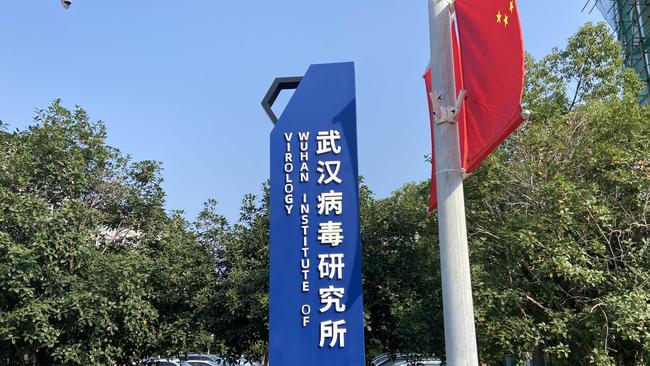
Multiple people I spoke to actually linked the outbreak to the Wuhan Institute of Virology. A theory with traction in the city – but that raises eyebrows among most scientists – says that a staff member working at one of the institute’s labs sold animals used in coronavirus research that ended up for sale at the Huanan market.
“He sold animals for food from the lab,” one person with links to the Wuhan government told The Weekend Australian.
I had to get him to repeat himself just to make sure I had heard correctly.
To be clear, gossip in the city’s coffee and tea shops is not going to put to rest “What Really Happened in Wuhan?”.
The market theory is most widely believed by America’s intelligence agencies, although pockets of Washington’s spooks favour the lab theory. All of their positions were held with “low” to “moderate” confidence, according to a declassified report released by the Biden administration.
That report added that co-operation with China “most likely would be needed to reach a conclusive assessment”. In other words: it is never going to happen.
‘There’ll be a next time’
The Wuhan city and Hubei provincial governments would like memories of the pandemic to disappear.
In December 2019, doctors at Wuhan’s Central Hospital were punished for saying the new coronavirus could be spread from person to person – not just among animals.
Apparently untroubled, the Wuhan government hosted a mass banquet for tens of thousands of people weeks after patients stricken with the virus had been coming to the city’s hospital network. By the end of the month, the city’s crematoriums couldn’t keep up with the piles of dead bodies.
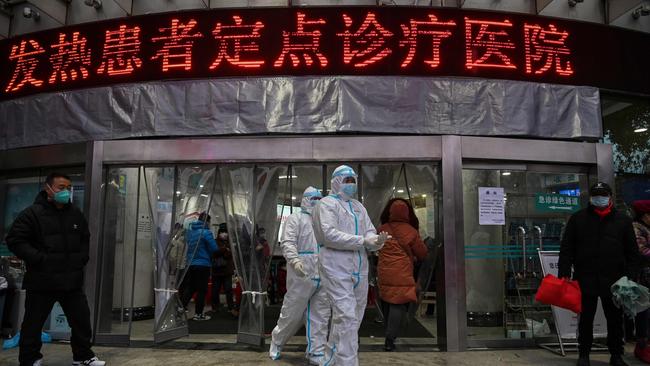
The personal stories people in Wuhan tell of that time leave you speechless. One man spoke of a family member, a diabetic, who died because he couldn’t go to the hospital to get insulin.
Another man in this same family died because he couldn’t get his cancer treatment. His body stayed with his wife in their tiny apartment for days because they couldn’t find a crematorium with any capacity to take him.
“We do not talk about him, but we do not forget him,” the Wuhan local tells The Weekend Australian.
For many people in the city, the lockdown diaries published online every evening by Fang Fang, Wuhan’s most famous writer, became essential reading. She documented the horrors they were going through, scolded the officials who had made such horrendous blunders, and demanded accountability for the tragedy they were trapped in.
“As a human being, you want to commemorate this big event. You want to remember it. But the government says, ‘Do not talk about it’. As if it didn’t happen,” one of her many fans in Wuhan tells The Weekend Australian.
Fang’s “Wuhan Diary” was later translated into English and published in book form in mid-2020, enraging Beijing and China’s army of nationalist keyboard warriors.
Re-read today, it is a remarkable document – a searing criticism of the worst aspects of China’s Leninist state.
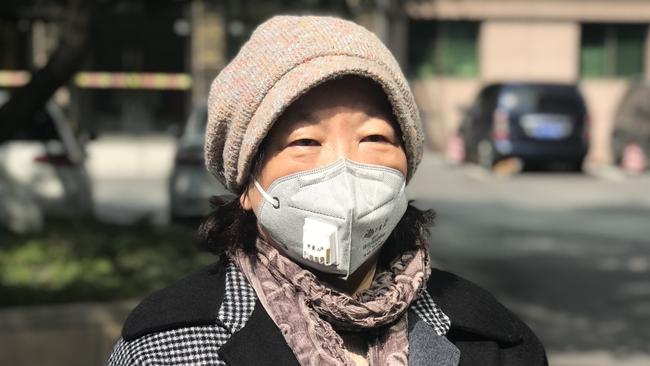
It immortalises some of the absurdly tin-eared behaviour of Chinese Communist Party officials in that grim period, such as the senior comrade who on visiting Covid patients at a Wuhan hospital decided to comfort them by singing the Maoist standard “Without the Communist Party, There Would Be No New China”.
“Our country has so many grand slogans … but when it comes down to it, they all amount to nothing,” Fang Fang railed in a diary read by tens of millions of people, who engaged in a cat-and-mouse game with China’s censors.
The author has lowered her profile after she was hounded by “ultra leftists” on China’s internet, but a friend of the 69-year old novelist tells The Weekend Australian she remains in Wuhan, working on future projects.
While many speak of her as a hero of their storied city, others call her treasonous. “She criticised people who were still on the frontline. That’s a kind of betrayal,” one of her critics tells The Weekend Australian.
A more uniformly loved figure is the late Dr Li Wenliang, the Wuhan Central Hospital doctor and Communist Party member, who was punished for “rumour-mongering”. In late December 2019, he warned of a new coronavirus outbreak. On February 7, the 34-year old father of two was announced dead, another casualty of Wuhan’s shocking first wave.
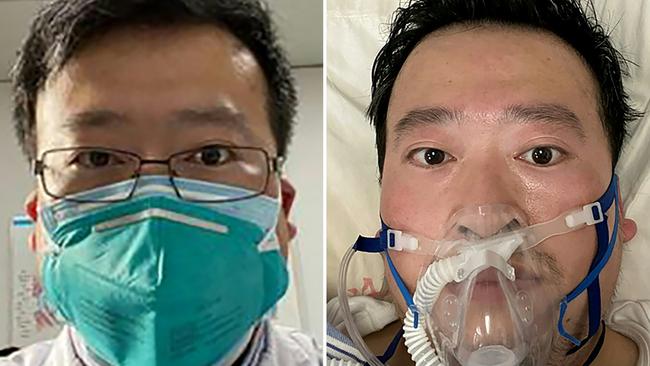
There is no statue or memorial in Wuhan to this doctor whose death triggered so much grief and anger on the Chinese internet that for hours Beijing’s censors seemed to be overwhelmed.
But his Weibo social media account remains active and has been dubbed “the wailing wall of China”. Every day, people leave messages under his final post, some mournful, others optimistic.
“I have been disconnected from the internet for more than a year, and suddenly I thought of you. My eyes are wet again!”
“Dr Li, are you and the victims all right in heaven?”
“Another year has passed. Now everything is fine. I am on the high-speed train. No one needs to wear a mask.”
A city moves on
Many people in this city do not want to dwell on what was a horrible period. “I think there’s a bit of collective amnesia about it,” says Carter.
Wuhan is much more than just the place where the Covid pandemic began. International tourism has been pummelled, but otherwise the city looks to a place that is making up for lost time. Its ambition to further develop its huge urban economy is palpable.
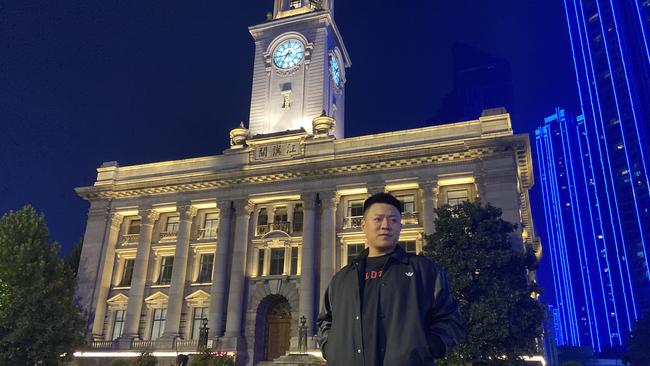
People here are tough and funny and, evidently, they enjoy talking bluntly to visitors. Come to Wuhan to see the resilience of human beings – but be prepared to hear some things that will disturb you.
“There will be a next time,” one local tells The Weekend Australian when asked how the world can better prepare for the next global virus when the origins of this last one are still so opaque. It’s a common response in China, which had endured the SARS coronavirus a generation before Covid.
“And there will be a next time after that. And a next time after that.” He speaks with a fatalism common in China, a country with a long history of enduring monumental catastrophes. “We are not gods. We can’t control everything.”



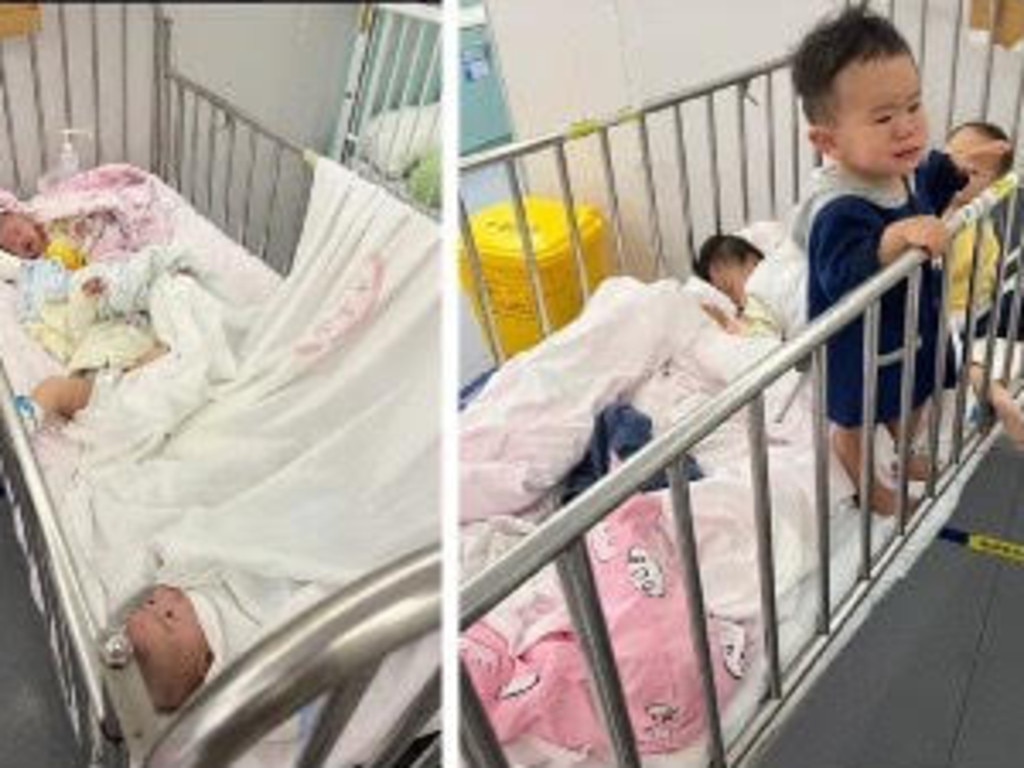
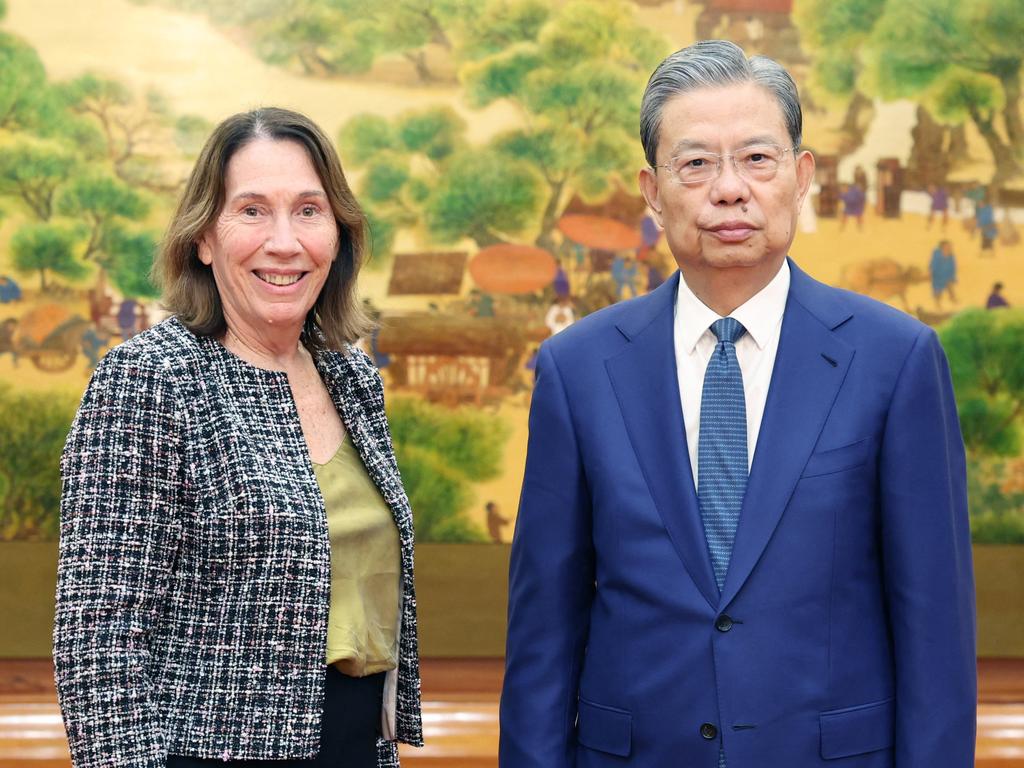
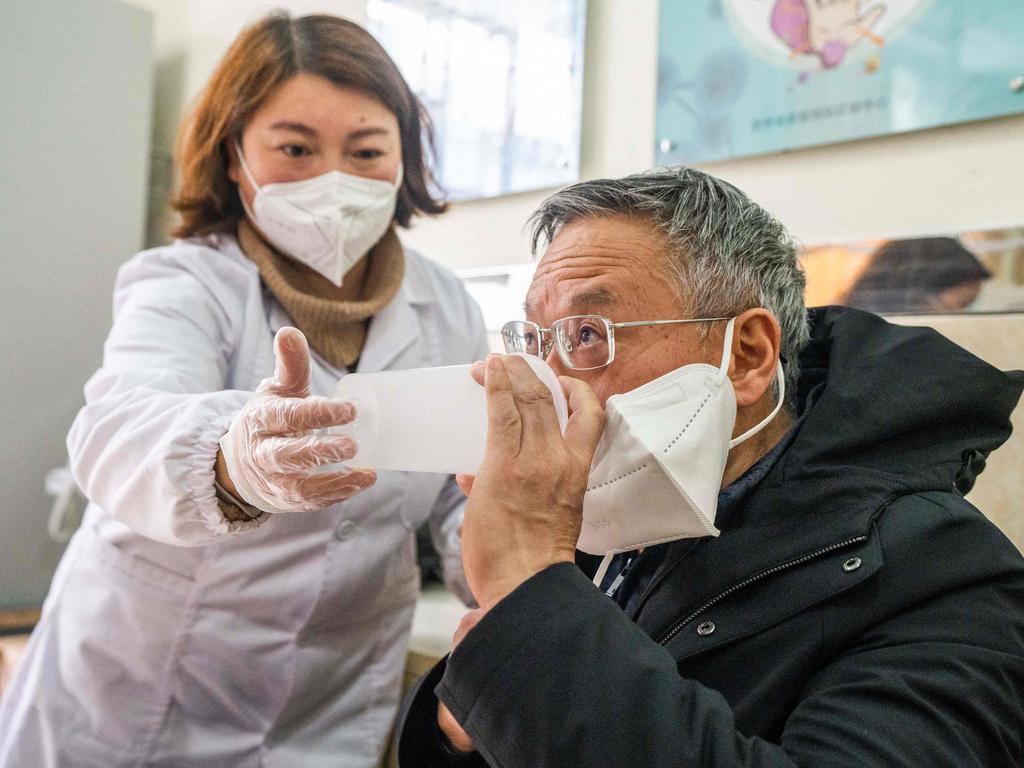
To join the conversation, please log in. Don't have an account? Register
Join the conversation, you are commenting as Logout